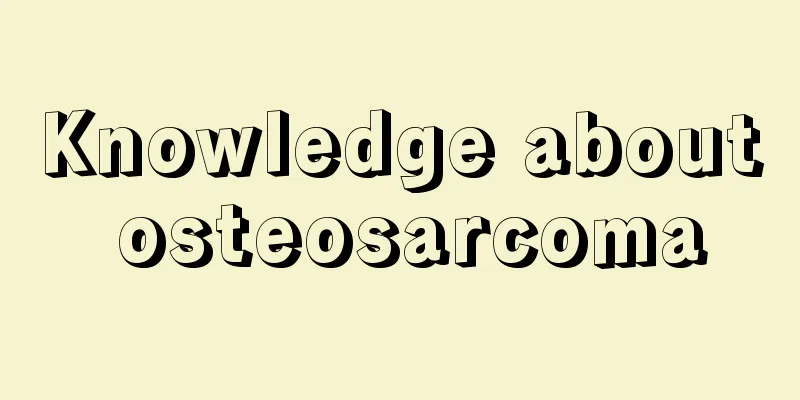The harm of stewing cup

|
Many people like to use a simmering cup, which is economical, practical, convenient and fast. However, if used improperly, it will cause certain adverse effects on the body, because the food needs to be left for a long time to achieve the simmering effect, which can easily cause the food to breed bacteria. In addition, it is not easy to cook some foods that do not want to be cooked, and it will also cause a large amount of vitamin loss. What is a stewing cup? To put it simply, a vacuum flask is a vacuum insulated flask, but it has a larger mouth than a normal thermos flask. It changes the baby's thermal food jar into a "vacuum flask". Look at the cup packaging, it still says "Stainless steel vacuum insulated food jar" in English or Japanese. What are the harms of stewing cup 1. Leaving food for a long time breeds bacteria The suitable temperature and humidity in the stewing cup can easily cause bacteria to grow, which can cause gastrointestinal dysfunction. It is not recommended to leave food, especially cooked food, for a long time. Therefore, it is not recommended to keep food cooked in a vacuum hood for a long time. It should be eaten as soon as possible to avoid causing illness. 2. There is no guarantee that the food will be cooked thoroughly The laws of thermodynamics tell us that energy in this world is conserved, and heat can only be transferred spontaneously from a high-temperature object to a low-temperature object. What is presented on this cup is that, even without considering the unavoidable heat dissipation problem, the energy for cooking the food can only come from the hot water you pour in. Because there is no external heat source, and as the temperature of the ingredients rises, the temperature of the hot water decreases, and both eventually reach the same temperature. This temperature is the highest temperature that the ingredients can theoretically reach. It will vary greatly depending on the type and amount of ingredients you put in, and it is also related to the water temperature. After a rough calculation, if it is used to stew rice, adding rice and boiling water at about 95 degrees (the general temperature of boiling water), without considering heat dissipation, the final temperature will reach about 65 degrees. If you forgot to pre-treat the cups with hot water, the temperature will be even lower. Is 65 degrees high enough to cook the food? It’s hard to say, because familiarity is a feeling, not a quantitative standard. There are several purposes for humans to eat cooked food. In addition to making it taste good, it is also to kill harmful bacteria, viruses and parasites, and to process the food into a semi-finished product that can be handled by our digestive system that has degenerated for hundreds of thousands of years. From the perspective of disinfection and pest control, 65 degrees is a rather awkward state. Most bacteria, viruses and parasite eggs cannot survive for long at this temperature, but only most of them. Generally speaking, the temperature required for disinfection should be above 70 or even 80 degrees. Although parents are generally more careful in choosing ingredients for their children, for ingredients such as meat and fish, a temperature of around 65 degrees is still not satisfactory. 3. Cooking food that is not suitable for babies Another problem is that the digestive ability of children, especially infants, is not fully developed. Therefore, another important purpose of food cooking and processing - to transform the ingredients to make them easier to digest and absorb - is very important, especially for an advanced nation like the Chinese who are not good at eating raw food. When adding complementary foods to children, there is a principle that parents are more familiar with, which is that cooked food is better than raw food. Cooked food is softer and therefore easier to chew and digest. In addition to the shape, the ingredients themselves will also change during the processing. We are very familiar with the fact that the protein in raw eggs denatures after being cooked, making it easier for children to absorb. The temperature for protein denaturation is generally 60-80 degrees, so eggs cooked in a "simmering cup" are basically soft and yellow, but this is a negative sign for younger babies. 4. More vitamin loss The porridge made in a slow cooker tastes worse, but the important thing is that the long cooking time will cause more B vitamins to be lost. The longer the rice is soaked, the more vitamins are lost. For example, millet contains more B vitamins and is richer in nutrients than rice. In addition, millet is not as soft as rice and needs to be soaked for a longer time, so more vitamins are lost. Many people like to drink eggs with boiling water, but nutrition experts do not recommend this because the sudden drop in temperature will not kill the salmonella on the egg shell. It is better to make steamed egg custard or boiled eggs. |
>>: The difference between a beaker and a thermos cup
Recommend
Discuss in detail the clinical manifestations of anorectal melanoma
Anorectal melanoma accounts for 0.4% to 1.6% of a...
The difference between heart rate and heart rhythm
Heart rate and heart rhythm are not exactly the s...
There are 4 most common ways to clean tattoos!
In order to seek excitement, some teenagers alway...
What are the benefits of soaking your feet in ginger and pepper_What are the benefits of soaking your feet in boiled water with ginger
Ginger and Sichuan pepper are two very common ing...
What is the treatment method for erosive gastritis?
At present, many people suffer from stomach probl...
Common early symptoms of melanoma
Melanoma is a common disease in life. If you know...
Are the spots on the lips ovarian spots?
Lip spots are not uncommon, especially for many w...
Can dha and cod liver oil be taken at the same time
There are many nutrients that are indispensable f...
One side of the ear is blocked
Many nerves inside the ear are closely related to...
How to wash yellow stains on clothes
Sometimes we will find yellow stains on clothes, ...
How to clean a purple clay teapot?
Zisha teapots have a long history in China and th...
What kind of vinegar is good for soaking feet?
Foot soaking can promote blood circulation. Many ...
The difference between cinnamon and cinnamon
Cinnamon bark and cinnamon bark are both common s...
What are the magical uses of white sugar
White sugar is a crystal produced through refinin...
What to do if your belly is flabby? How to deal with sagging belly
As people's living standards improve, their e...









